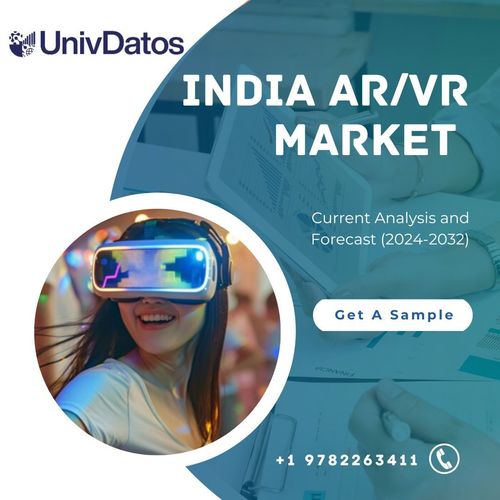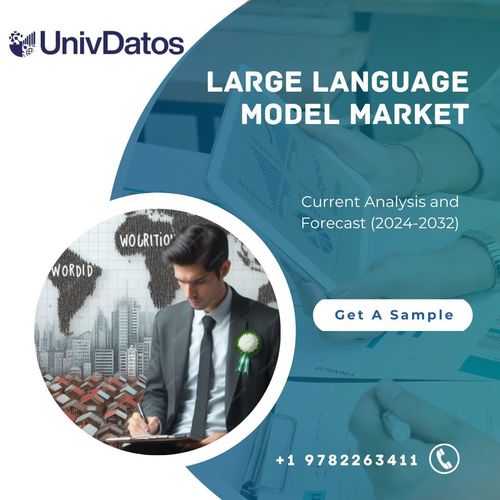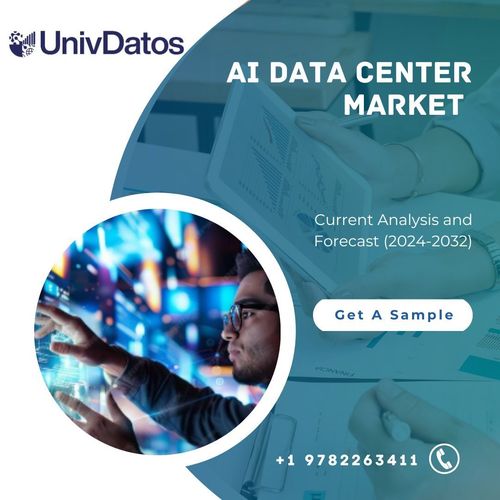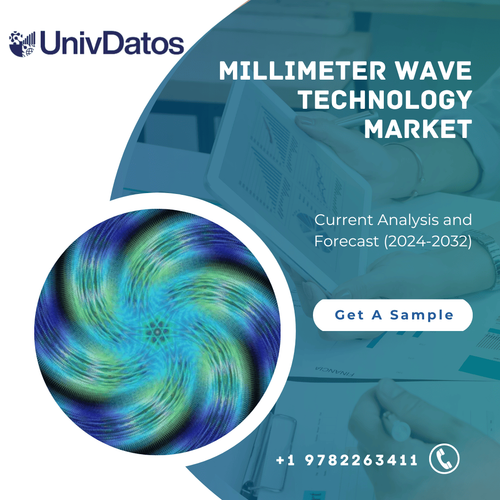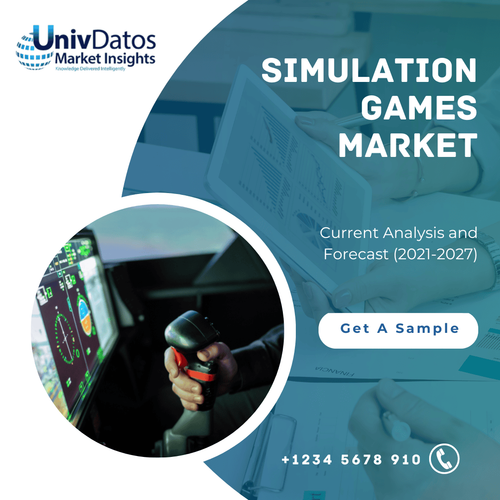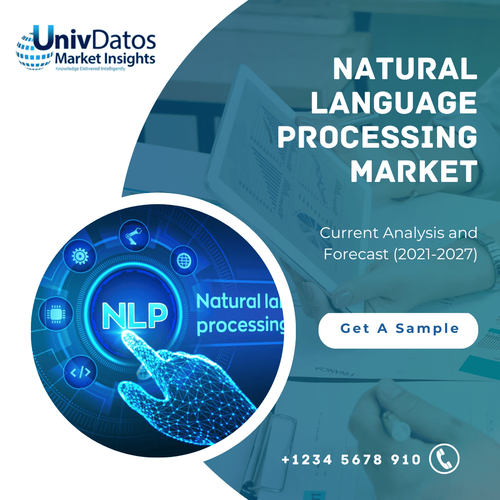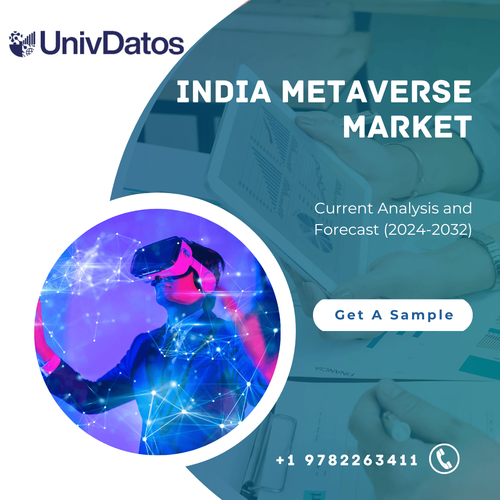Quantum Computing in the Oil & Gas Industry Market: Current Analysis and Forecast (2023-2030)
Emphasis on Component (services and software); Deployment (cloud, and on-premise); Applications (optimization, simulation, machine learning, sampling, and others); Region/Country.
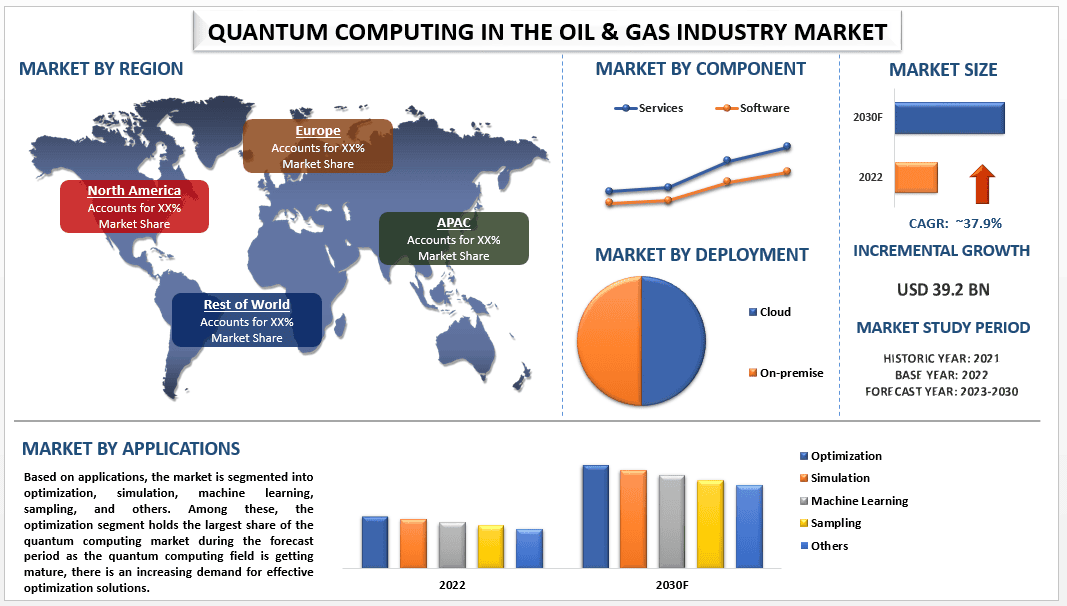
Quantum Computing in the Oil & Gas Industry Market is expected to grow at a strong CAGR of 37.9% during the forecast owing to the increasing demand for optimizing and efficient solutions in the industry. Quantum computing is a cutting-edge field of computation that utilizes the principles of quantum mechanics to perform complex calculations. Quantum computing has the potential to bring significant advancements to the oil and gas industry due to its ability to tackle complex problems that arise in exploration, production, and refining processes which traditional computers struggle with. Quantum algorithms optimize various aspects of the oil and gas supply chain, logistics, and production processes by finding the most efficient solutions to complex problems. Also, the cost reduction and overall operational efficiency increment factor are fueling the demand for quantum computing in the oil & gas industry. Moreover, companies are adopting strategic alliances like mergers or acquisitions, investments, and technological advancements, which is also a key factor for the robust growth of quantum computing in the oil & gas industry market.
Some of the major players operating in the market include IBM; D-Wave Quantum Inc.; Intel Corporation; Rigetti & Co, LLC.; IonQ, Inc.; Honeywell International Inc.; Xanadu.; Quantinuum Ltd.; Amazon Web Services, Inc.; Toshiba India Pvt. Ltd.
Insights Presented in the Report
“Amongst components, the software segment captured the majority share of the Quantum Computing in the Oil & Gas Industry market in 2022.”
Based on components, the market is bifurcated into services and software. Among these, the software segment is to account for the larger share of quantum computing in the oil & gas industry market as quantum technology is registering higher advancements in the forecast period, there is a rising requirement for programming software that can successfully bridle its power and abilities. Also, as more businesses are acknowledging the possibilities of quantum computing and seeking software solutions to support quantum programming and optimization, the demand for the software segment will get accelerated.
“Amongst deployment, the cloud segment captured the majority share of the Quantum Computing in the Oil & Gas Industry market in 2022.”
Based on the deployment, the market is bifurcated into cloud, and on-premise. Among these, the cloud segment registers a higher CAGR during the forecast period owing to the increasing adoption of cloud technology across different industries. Also, cloud-based quantum computing services offer easy access to quantum hardware and software resources. This accessibility allows businesses and researchers to experiment with quantum computing without having to invest in expensive infrastructure.
Quantum Computing in the Oil & Gas Industry Market Report Coverage
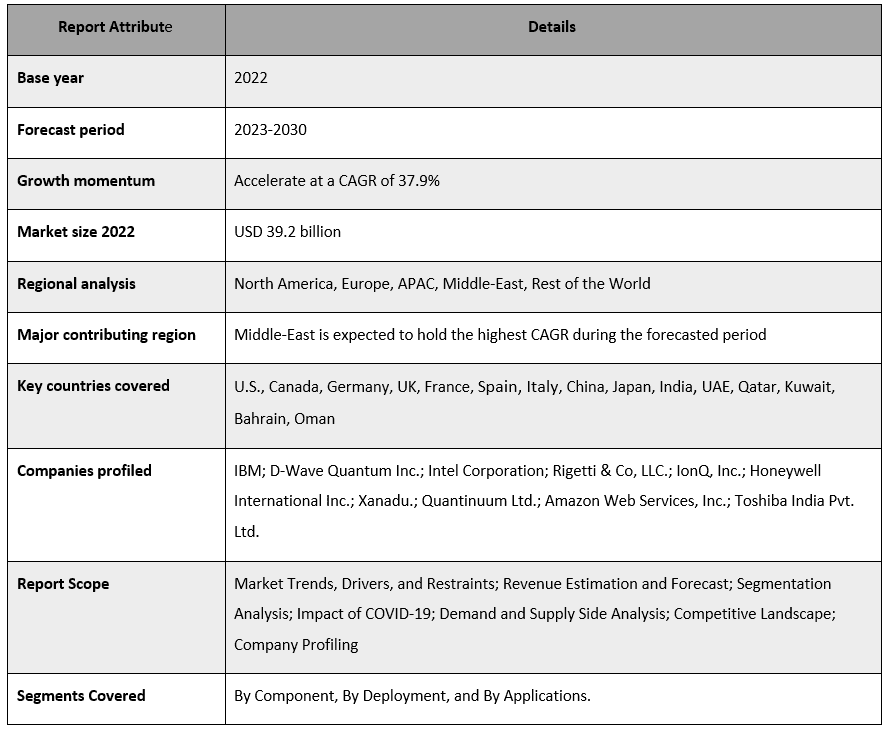
“Asia Pacific is the second largest growing region in Quantum Computing in the Oil & Gas Industry Market in 2022.”
Asia-Pacific is anticipated to be the second largest growing region in quantum computing in the oil & gas industry market during the forecasted period as particularly countries like China, Japan, and South Korea, have been at the forefront of adopting and investing in advanced technologies, including quantum computing. Moreover, governments in the Asia-Pacific region have been actively supporting research and development initiatives related to quantum technologies. The region has been fostering collaborations between academia, research institutions, and industry players to promote the adoption of quantum computing in various sectors, including oil & gas.
Reasons to buy this report:
- The study includes market sizing and forecasting analysis validated by authenticated key industry experts.
- The report presents a quick review of overall industry performance at one glance.
- The report covers an in-depth analysis of prominent industry peers with a primary focus on key business financials, product portfolios, expansion strategies, and recent developments.
- Detailed examination of drivers, restraints, key trends, and opportunities prevailing in the industry.
- The study comprehensively covers the market across different segments.
- Deep dive regional level analysis of the industry.
Customization Options:
The global Quantum Computing in the Oil & Gas Industry market can further be customized as per the requirement or any other market segment. Besides this, UMI understands that you may have your own business needs, hence feel free to contact us to get a report that completely suits your requirements.
Table of Contents
1. Market Introduction
- Market Definitions
- Main Objective
- Stakeholders
- Limitation
2. Research Methodology Or Assumption
- Research Process of Quantum Computing in the Oil & Gas Industry Market
- Research Methodology of Quantum Computing in the Oil & Gas Industry Market
- Respondent Profile
3. Market Synopsis
- Market Synopsis
4. Executive Summary
- Executive Summary
5. Global Quantum Computing In The Oil & Gas Industry Market Covid-19 Impact
- Global Quantum Computing In The Oil & Gas Industry Market Covid-19 Impact
6. Global Quantum Computing In The Oil & Gas Industry Market Revenue, 2020-2030f
- Global Quantum Computing In The Oil & Gas Industry Market Revenue, 2020-2030f
7. Market Insights By Component
- Services
- Software
8. Market Insights By Deployment
- Cloud
- On-premise
9. Market Insights By Applications
- Optimization
- Simulation
- Machine Learning
- Sampling
- Others
10. Market Insights By Region
- North America Quantum Computing in the Oil & Gas Industry Market
- The U.S.
- Canada
- Rest of North America
- Europe Quantum Computing in the Oil & Gas Industry Market
- Germany
- The UK
- France
- Italy
- Spain
- Rest of Europe
- Asia-Pacific Quantum Computing in the Oil & Gas Industry Market
- China
- Japan
- India
- Rest of APAC
- Middle-East Quantum Computing in the Oil & Gas Industry Market
- UAE
- Qatar
- Kuwait
- Bahrain
- Oman
- Rest of Middle-East
- Rest of the World Quantum Computing in the Oil & Gas Industry Market
- North America Quantum Computing in the Oil & Gas Industry Market
11. Quantum Computing In The Oil & Gas Industry Market Dynamics
- Market Drivers
- Market Challenges
- Impact Analysis
12. Quantum Computing In The Oil & Gas Industry Market Opportunities
- Quantum Computing In The Oil & Gas Industry Market Opportunities
13. Quantum Computing In The Oil & Gas Industry Market Trends
- Quantum Computing In The Oil & Gas Industry Market Trends
14. Demand And Supply-side Analysis
- Demand Side Analysis
- Supply Side Analysis
15. Value Chain Analysis
- Value Chain Analysis
16. Pricing Analysis
- Pricing Analysis
17. Strategic Insights
- Strategic Insights
18. Competitive Scenario
- Competitive Landscape
- Porters Fiver Forces Analysis
- Competitive Landscape
19. Company Profiled
- IBM
- D-Wave Quantum Inc.
- Intel Corporation
- Rigetti & Co, LLC.
- IonQ, Inc.
- Honeywell International Inc.
- Xanadu.
- Quantinuum Ltd.
- Amazon Web Services, Inc.
- Toshiba India Pvt. Ltd.
20. Disclaimer
- Disclaimer
Research Methodology for the Quantum Computing in the Oil & Gas Industry Market Analysis (2023-2030)
Analyzing the historical market, estimating the current market, and forecasting the future market of the global quantum computing in the oil & gas industry market were the three major steps undertaken to create and analyze the adoption of quantum computing in the oil & gas industry in major regions globally. Exhaustive secondary research was conducted to collect the historical market numbers and estimate the current market size. Secondly, to validate these insights, numerous findings and assumptions were taken into consideration. Moreover, exhaustive primary interviews were also conducted with industry experts across the value chain of global quantum computing in the oil & gas industry market. Post assumption and validation of market numbers through primary interviews, we employed a top-down/bottom-up approach to forecasting the complete market size. Thereafter, market breakdown and data triangulation methods were adopted to estimate and analyze the market size of segments and sub-segments of the industry pertains to. Detailed methodology is explained below:
Analysis of Historical Market Size
Step 1: In-Depth Study of Secondary Sources:
Detail secondary study was conducted to obtain the historical market size of quantum computing in the oil & gas industry market through company internal sources such as annual reports & financial statements, performance presentations, press releases, etc., and external sources including journals, news & articles, government publications, competitor publications, sector reports, third-party database, and other credible publications.
Step 2: Market Segmentation:
After obtaining the historical market size of quantum computing in the oil & gas industry market, we conducted a detailed secondary analysis to gather historical market insights and share for different segments & sub-segments for major regions. Major segments are included in the report component, deployment, and applications. Further country-level analyses were conducted to evaluate the overall adoption of testing models in that region.
Step 3: Factor Analysis:
After acquiring the historical market size of different segments and sub-segments, we conducted a detailed factor analysis to estimate the current market size of quantum computing in the oil & gas industry market. Further, we conducted factor analysis using dependent and independent variables such as component, deployment, and applications. A thorough analysis was conducted of demand and supply-side scenarios considering top partnerships, mergers and acquisitions, business expansion, and product launches in the Quantum Computing in the Oil & Gas Industry market sector across the globe.
Current Market Size Estimate & Forecast
Current Market Sizing: Based on actionable insights from the above 3 steps, we arrived at the current market size, key players in the global Quantum Computing in the Oil & Gas Industry market, and market shares of the segments. All the required percentage shares split, and market breakdowns were determined using the above-mentioned secondary approach and were verified through primary interviews.
Estimation & Forecasting: For market estimation and forecast, weights were assigned to different factors, including drivers & trends, restraints, and opportunities available for the stakeholders. After analyzing these factors, relevant forecasting techniques i.e., the top-down/bottom-up approach, were applied to arrive at the market forecast for 2030 for different segments and sub-segments across the major markets globally. The research methodology adopted to estimate the market size encompasses:
- The industry’s market size, in terms of revenue (USD) and the adoption rate of Quantum Computing in the Oil & Gas Industry market across the major markets domestically
- All percentage shares, splits, and breakdowns of market segments and sub-segments.
- Key players in the global Quantum Computing in the Oil & Gas Industry market in terms of products offered. Also, the growth strategies adopted by these players to compete in the fast-growing market
Market Size and Share Validation
Primary Research: In-depth interviews were conducted with the Key Opinion Leaders (KOLs) including Top Level Executives (CXO/VPs, Sales Head, Marketing Head, Operational Head, Regional Head, Country Head, etc.) across major regions. Primary research findings were then summarized, and statistical analysis was performed to prove the stated hypothesis. Inputs from primary research were consolidated with secondary findings, hence turning information into actionable insights.
Split of Primary Participants in Different Regions
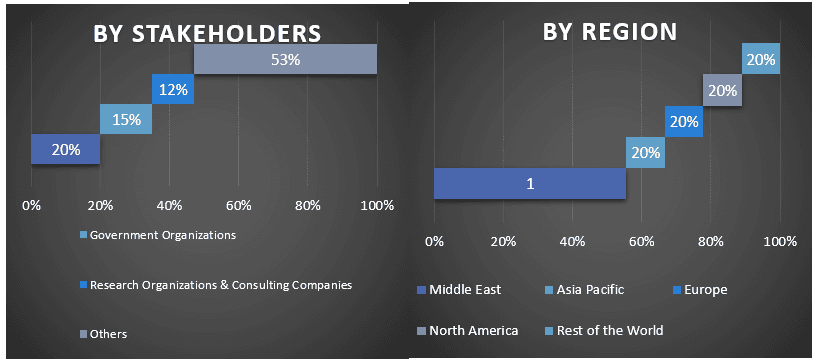
Market Engineering
The data triangulation technique was employed to complete the overall market estimation and to arrive at precise statistical numbers for each segment and sub-segment of the global quantum computing in the oil & gas industry market. Data was split into several segments & sub-segments post studying various parameters and trends in the areas of the component, deployment, and applications in the global quantum computing in the oil & gas industry market.
The main objective of the Global Quantum Computing in the Oil & Gas Industry Market Study
The current & future market trends of the global Quantum Computing in the Oil & Gas Industry market were pinpointed in the study. Investors can gain strategic insights to base their discretion for investments on the qualitative and quantitative analysis performed in the study. Current and future market trends determined the overall attractiveness of the market at a regional level, providing a platform for the industrial participant to exploit the untapped market to benefit from a first-mover advantage. Other quantitative goals of the studies include:
- Analyze the current and forecast market size of the Quantum Computing in the Oil & Gas Industry market in terms of value (USD). Also, analyze the current and forecast market size of different segments and sub-segments.
- Segments in the study include areas of the component, deployment, and applications.
- Define and analysis of the regulatory framework for the Quantum Computing in the Oil & Gas Industry.
- Analyze the value chain involved with the presence of various intermediaries, along with analyzing customer and competitor behaviors of the industry.
- Analyze the current and forecast market size of the Quantum Computing in the Oil & Gas Industry market for the major region.
- Major countries of regions studied in the report include Middle-East, Asia Pacific, Europe, North America, and the Rest of the World
- Company profiles of the Quantum Computing in the Oil & Gas Industry market and the growth strategies adopted by the market players to sustain in the fast-growing market.
- Deep dive regional level analysis of the industry
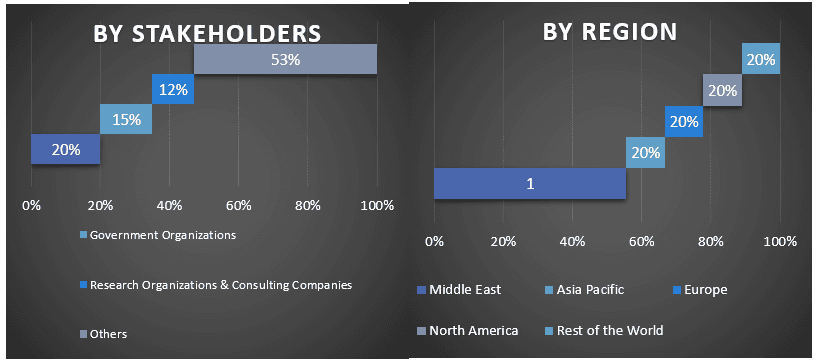
You can also purchase parts of this report. Do you want to check out a section wise
price list?
Related Reports
Customers who bought this item also bought

